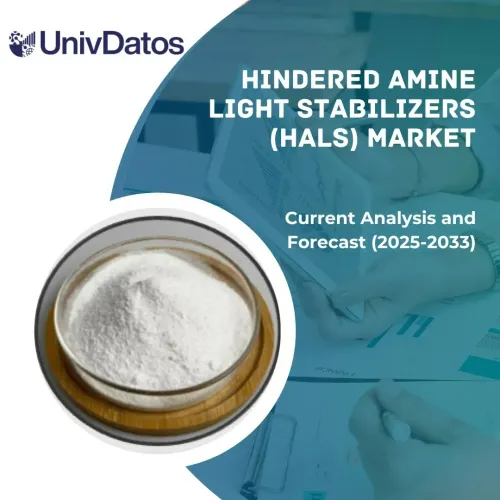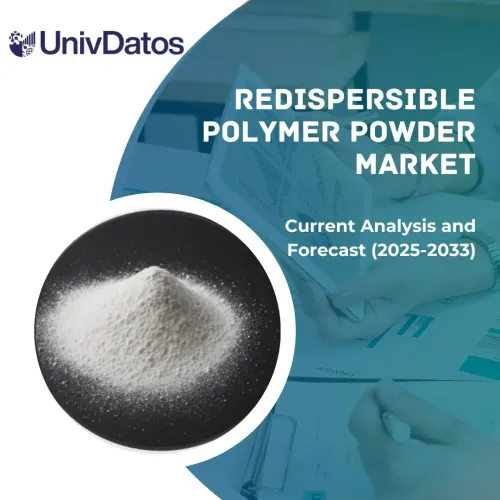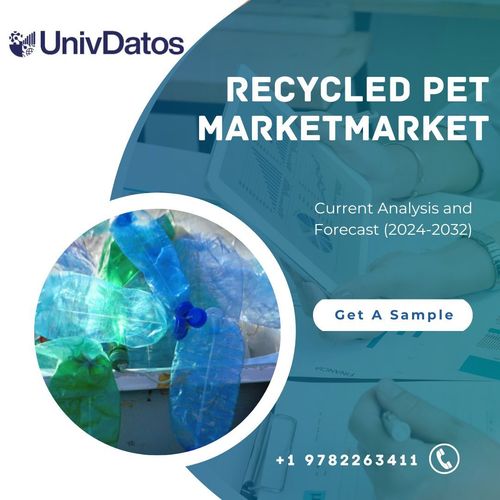- Home
- About Us
- Industry
- Services
- Reading
- Contact Us
Mobiltech Textile Market: Current Analysis and Forecast (2025-2033)
Emphasis on Material (Polyester, Nylon, Cotton, Vinyl, Velvet, Leather, and Others); Application (Airbags, Headliners, Seat Upholstery, Carpet, Seat Belts, Tire Cord, and Others); and Region/Country

Global Mobiltech Textile Market Size & Forecast
The Global Mobiltech Textile Market was valued at USD 46.05 billion in 2024 and is expected to grow at a CAGR of around 7.30% during the forecast period (2025-2033F), owing to the growing demand for advanced safety features and regulatory compliance, advancements in fiber technologies, and sustainability and environmental considerations.
Mobiltech Textile Market Analysis
The world has experienced unprecedented demand for mobiltech textiles since they are seen as a major input in enhancing the performance, safety, and efficiency of vehicles and aircraft, plus other transportation mechanisms. These modern materials used in clothing with such mobility applications are more durable, lightweight, and protected against conditions in the environment. The emergence of high-performance materials with lightweight characteristics in the automotive mobile, aerospace and defense industries has been propelled by the upcoming challenges in fuel efficiency, sustainability, and safety. Urbanization, the increasing popularity of electric vehicles (EVs) and the desire of this industry to become more environmentally friendly are also pushing the field towards the development of body textiles. These materials are aimed at providing both good performance rates of the vehicle and better sustainability of the mobility industry due to the recent trend of greening.
Global Mobiltech Textile Market Trends
This section discusses the key market trends that are influencing the various segments of the global mobiltech textile market, as found by our team of research experts.
AI and IoT Integration in Textiles
The integration of AI and IoT in Textiles is one of the latest trends in the mobiltech textile industry globally. One such example is the smart automotive textiles made by Loomia in the Mobiltech textile sector that make use of both AI and IoT. These fabrics have built-in sensors and conducting materials to make interactive surfaces in the cabins of vehicles. As an example, touch-sensitive smart door panels could be lit up and give a response to the touch, making them more convenient to use at night and safer to touch. Also, the smart textiles manufactured by Loomia make it possible to produce individual lighting components embedded into upholstery and responsive control panels, which results in adapting to comfort and functionality. Besides, in August 2024, Yanfeng and Loomia began collaborating strategically. The alliance will bring together the skills of the two companies because Yanfeng is aware of its interior design and engineering, and Loomia is well conversant with its e-textile circuits, and together, they hope to speed up the evolution of smart cabins that incorporate all the necessities of comfort, safety, technology, and functionality. The companies will collaborate to produce “innovation in the auto interiors of the next generation”. This incorporation not only enhances the driving experience but also leads to a more environmentally friendly and high-tech motor industry.
Mobiltech Textile Industry Segmentation
This section provides an analysis of the key trends in each segment of the Global Mobiltech Textile Market report, along with forecasts at the global, regional, and country levels for 2025-2033.
The Nylon Segment Dominates the Mobiltech Textile Market
Based on material, the mobiltech textile market is segmented into Polyester, Nylon, Cotton, Vinyl, Velvet, Leather, and Others. In 2024, the nylon segment dominated the market and is expected to maintain its leading position throughout the forecast period. Nylon is highly versatile, strong, and wear and tear-resistant, and, therefore, finds application in automotive safety systems like airbag support, seat belts, and tire reinforcements. The low weight and high tensile strength of Nylon provide fuel efficiency, which augers well in improving vehicle performance, and is one of the main reasons why it is overtaking the market. The trend of sustainable and green materials is prompting the market to adopt innovations in composite and hybrid textiles, as fibers such as nylon and aramid fiber are included in advanced composite materials. The composite materials provide a combination of characteristics, namely flexibility, impact resistance, and high temperature stability, required in recent automotive and aerospace designs. The use of nylon and synthetic fibers to produce interior automotive textiles is becoming widely demanded because of the focused concern on durable materials that are lightweight to enhance vehicles and minimize carbon emissions.
The Airbags Category held the Largest Market Share in the Mobiltech Textile Market
Based on applications, the mobiltech textile market is segmented into Airbags, Headliners, Seat Upholstery, Carpet, Seat Belts, Tire Cord, and Others. The airbags category held the largest market share in 2024. The major factor behind this growth is the ever-detailed attention to vehicle safety and the necessity to satisfy the high regulatory requirements. The airbags play a very essential role in cushioning the passengers in case of a crash, and thus airbag-related textile materials are increasingly demanded as the manufacturers zero on the capability to manufacture safe vehicles. Airbags, made from specially engineered fabrics such as nylon and aramid, should be able to resist such extreme situations, such as extreme inflation during a crash, and be able to last throughout the life cycle of the vehicle. The airbag segment is increasing due to several reasons. This is being promoted by the growing demand for safety in both commercial and personal vehicles due to consumer awareness and more stringent safety guidelines. The increased demand for higher advancement in textiles has resulted from advancements in smart airbag systems, which can adjust their inflation dynamics regarding the severity of the crash or the size of the occupant. As an example, strength, heat, and durability needed to produce airbags can be found in Nomex(r) and Kevlar(r) fibers manufactured by DuPont. In addition, the emergence of electric vehicles (EVs) is posing another need for lightweight and energy-efficient materials. EVs will require airbags optimized to provide maximum safety and the diminutive weight of the filters themselves, spurring more airbag material research. Not only this, due to the rise in consumer demand that wants to see an enhanced safety feature in their vehicles, vehicle manufacturers are incorporating new technology into their vehicles, such as side-impact airbags and knee airbags, that utilize advanced textile materials and are making them more effective and safer.
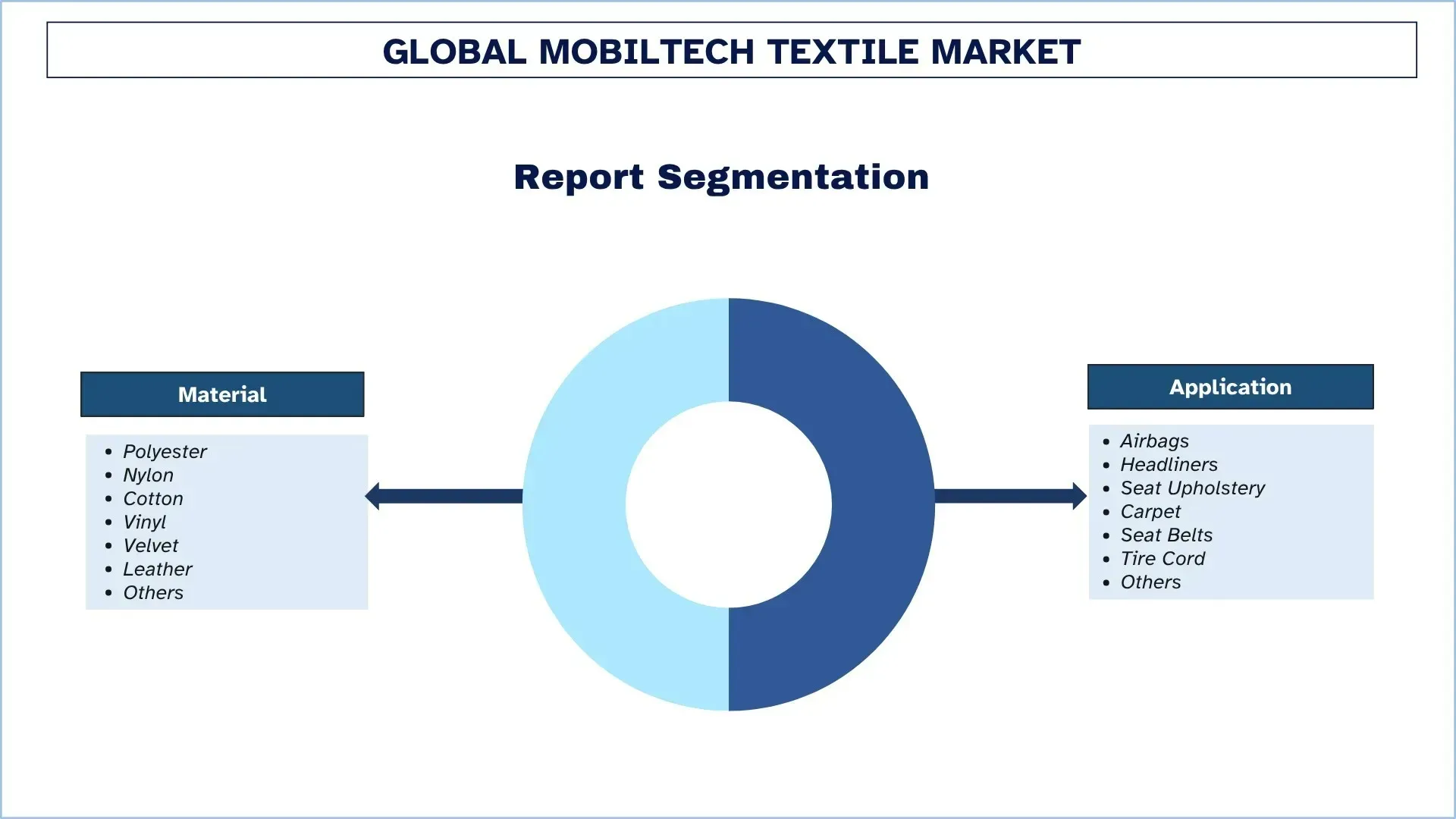
Asia Pacific Dominated the Global Mobiltech Textile Market
Asia-Pacific is the biggest market of Mobiltech Textiles and is likely to lead the market even in the forecast period. An explosion of the automotive industry, fast industrialization, and an expansion of investments in the high-tech manufacturing sector are some of the most important factors that have made the region the leader in the industry. The huge car manufacturing base in countries such as China, Japan, and India is one of the key catalysts for the mobiltech textile market growth in the Asia-Pacific region. Some of the biggest automotive producers, including Toyota, Honda, Tata, Suzuki, Hyundai, and BYD, are based in the region and are spending heavily on lightweight materials, including nylon, aramid, carbon fiber, and composite materials to be used in airbags, seat belts, seat upholstery, and tire reinforcement. Additionally, the growing demand for advanced mobiltech textiles in the Asia-Pacific region, and mainly in China, is also attributed to the surge in electric vehicles (EVs), wherein these vehicles need materials that are lightweight, durable, and sustainable to enhance their range efficiency and attain their strict environmental standards. Also, the focus on sustainability in the region has seen a greater use of smart textiles such as those that use sensors to integrate into the IoT frameworks to provide safety functionality to a vehicle, occupant comfort use, or environmental monitoring applications. The use of smart textile material in the automotive industry to advance the features in the automobile interiors, like seat adjustment mechanisms, health data tracking, and improved safety and security, is an emerging concept in the region.
China held a dominant Share of the Asia Pacific Mobiltech Textile Market in 2024
In China, the Mobiltech textile industry is a powerful element or part of the larger technical textile market and is mainly fueled by the demand in the automotive industry with regard to using superior materials. In this area, Mobiltech textiles are used in seat belts, airbags, upholstery, and tire reinforcements, which are all irreplaceable to both the safety and performance of a vehicle. Increased emphasis on vehicle lightweighting, passenger safety, and sustainability to the environment has added pressure to the use of these special materials. In addition, strong manufacturing capacity and long-term investment in research and development are driving innovation and enhancing the competitiveness of the Chinese Mobiltech textile industry.
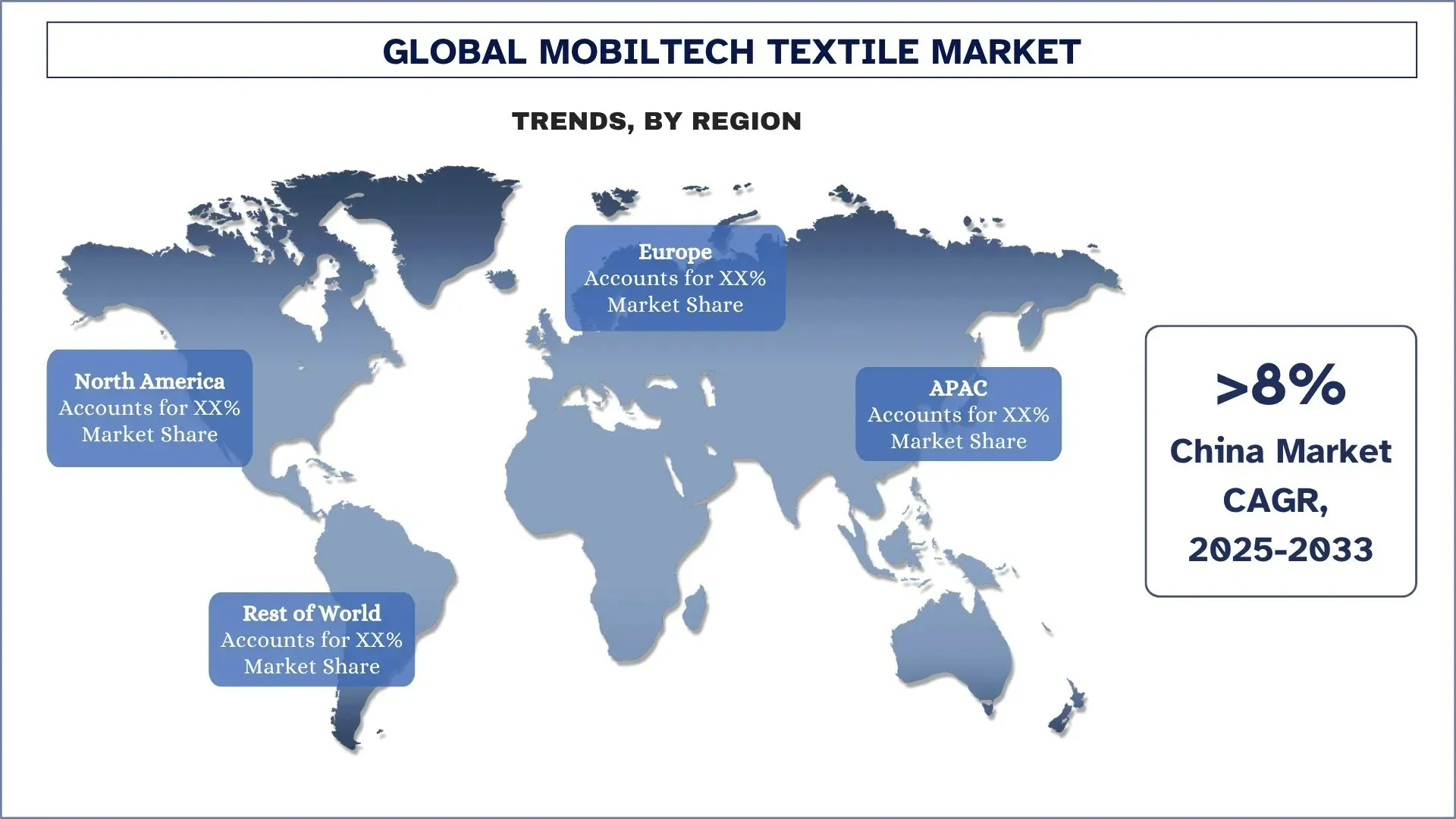
Mobiltech Textile Industry Competitive Landscape
The global Mobiltech Textile market is competitive, with several global and international market players. The key players are adopting different growth strategies to enhance their market presence, such as partnerships, agreements, collaborations, new product launches, geographical expansions, and mergers and acquisitions.
Top Mobiltech Textile Companies
Some of the major players in the market are DuPont, TORAY INDUSTRIES, INC., Schoeller Textiles AG, Freudenberg Performance Materials, TOYOTA BOSHOKU CORPORATION, Milliken & Company, Global Safety Textiles (Hyosung Group), Mid-Mountain Materials Inc., SRF Limited, and Kusumgar Limited.
Recent Developments in the Mobiltech Textile Market
In February 2023, Uno Minda Limited, an international manufacturer of automotive solutions, joined Tokai Rika Co., Ltd. to jointly start up a manufacturing facility in Rajasthan, India. The new joint venture will be built over an area of 20 acres, involving a USD 24 million capital outlay, and will increase the manufacture of smart systems and seat belts.
In January 2023, Century Enka Ltd, manufacturer of nylon filament yarn & tire, created a new sustainable material for Apollo Tires in the chosen range. The company has introduced commercial production of nylon tire cord material made from 100 percent recycled nylon waste.
Global Mobiltech Textile Market Report Coverage
Report Attribute | Details |
Base year | 2024 |
Forecast period | 2025-2033 |
Growth momentum | Accelerate at a CAGR of 7.30% |
Market size 2024 | USD 46.05 Billion |
Regional analysis | North America, Europe, APAC, Rest of the World |
Major contributing region | Asia Pacific is expected to dominate the market during the forecast period. |
Key countries covered | U.S., Canada, Germany, U.K., Spain, Italy, France, China, Japan, India, and South Korea |
Companies profiled | DuPont, TORAY INDUSTRIES, INC., Schoeller Textiles AG, Freudenberg Performance Materials, TOYOTA BOSHOKU CORPORATION, Milliken & Company, Global Safety Textiles (Hyosung Group), Mid-Mountain Materials Inc., SRF Limited, and Kusumgar Limited |
Report Scope | Market Trends, Drivers, and Restraints; Revenue Estimation and Forecast; Segmentation Analysis; Demand and Supply Side Analysis; Competitive Landscape; Company Profiling |
Segments Covered | By Material; By Application; By Region/Country |
Reasons to Buy Mobiltech Textile Market Report:
The study includes market sizing and forecasting analysis confirmed by authenticated key industry experts.
The report briefly reviews overall industry performance at a glance.
The report covers an in-depth analysis of prominent industry peers, primarily focusing on key business financials, type portfolios, expansion strategies, and recent developments.
Detailed examination of drivers, restraints, key trends, and opportunities prevailing in the industry.
The study comprehensively covers the market across different segments.
Deep dive regional-level analysis of the industry.
Customization Options:
The global mobiltech textile market can further be customized as per the requirements or any other market segment. Besides this, UnivDatos understands that you may have your own business needs; hence, feel free to contact us to get a report that completely suits your requirements.
Table of Content
Research Methodology for the Global Mobiltech Textile Market Analysis (2023-2033)
We analyzed the historical market, estimated the current market, and forecasted the future market of the global mobiltech textile market to assess its application in major regions worldwide. We conducted exhaustive secondary research to gather historical market data and estimate the current market size. To validate these insights, we carefully reviewed numerous findings and assumptions. Additionally, we conducted in-depth primary interviews with industry experts across the mobiltech textile value chain. After validating market figures through these interviews, we used both top-down and bottom-up approaches to forecast the overall market size. We then employed market breakdown and data triangulation methods to estimate and analyze the market size of industry segments and sub-segments.
Market Engineering
We employed the data triangulation technique to finalize the overall market estimation and derive precise statistical numbers for each segment and sub-segment of the global mobiltech textile market. We split the data into several segments and sub-segments by analyzing various parameters and trends, including material, application, and regions within the global mobiltech textile market.
The Main Objective of the Global Mobiltech Textile Market Study
The study identifies current and future trends in the global mobiltech textile market, providing strategic insights for investors. It highlights regional market attractiveness, enabling industry participants to tap into untapped markets and gain a first-mover advantage. Other quantitative goals of the studies include:
Market Size Analysis: Assess the current market size and forecast the market size of the global mobiltech textile market and its segments in terms of value (USD).
Mobiltech Textile Market Segmentation: Segments in the study include areas of material, application, and regions.
Regulatory Framework & Value Chain Analysis: Examine the regulatory framework, value chain, customer behavior, and competitive landscape of the mobiltech textile industry.
Regional Analysis: Conduct a detailed regional analysis for key areas such as Asia Pacific, Europe, North America, and the Rest of the World.
Company Profiles & Growth Strategies: Company profiles of the mobiltech textile market and the growth strategies adopted by the market players to sustain the fast-growing market.
Frequently Asked Questions FAQs
Q1: What is the global mobiltech textile current market size and its growth potential?
The global mobiltech textile market was valued at USD 46.05 billion in 2024 and is expected to grow at a CAGR of 7.30% during the forecast period (2025-2033).
Q2: Which segment has the largest share of the global mobiltech textile market by material?
The nylon segment dominated the market due to its low weight and high tensile strength. Nylon provides fuel efficiency, which augers well in improving vehicle performance, driving the segmental growth.
Q3: What are the driving factors for the growth of the global mobiltech textile market?
• Growing Demand for Advanced Safety Features and Regulatory Compliance: The increasing need for enhanced safety standards in automotive and aerospace applications is driving the demand for mobiltech textiles that meet stringent regulations while improving performance and comfort.
• Advancements in Fiber Technologies: Innovations in fiber technologies enable the development of lighter, stronger, and more durable mobiltech textiles, which are crucial for meeting industry demands in sectors like automotive and construction.
• Sustainability and Environmental Considerations: As environmental concerns grow, there is a rising demand for sustainable mobiltech textiles made from recyclable or bio-based materials to meet eco-friendly standards in various industries.
Q4: What are the emerging technologies and trends in the global mobiltech textile market?
• AI and IoT Integration in Textiles: The integration of artificial intelligence (AI) and the Internet of Things (IoT) into mobiltech textiles is enabling smarter, connected products that offer real-time data collection, performance monitoring, and enhanced functionality in automotive and other applications.
• Adoption of 3D Weaving and Knitting Technologies: The increasing use of 3D weaving and knitting technologies in mobiltech textiles is improving the customization, strength, and flexibility of materials used in automotive and aerospace industries, making them more efficient and cost-effective.
Q5: What are the key challenges in the global mobiltech textile market?
• High Production Costs: The high cost of raw materials and advanced manufacturing processes, such as weaving smart textiles and integrating sensors, pose a challenge to the widespread adoption of mobiltech textiles, especially in cost-sensitive markets.
• Regulatory and Standardization Issues: The lack of consistent regulations and standards across different regions can slow down the development and adoption of mobiltech textiles, making it difficult for companies to ensure compliance and streamline production.
Q6: Which region dominates the global mobiltech textile market?
Asia-Pacific is the biggest market of Mobiltech Textiles and is likely to lead the market even in the forecast period. This is due to the growing automotive industry, fast industrialization, and an expansion of investments in the high-tech manufacturing sector.
Q7: Who are the key players in the global mobiltech textile market?
Some of the leading companies in mobiltech textiles include:
• DuPont
• TORAY INDUSTRIES, INC.
• Schoeller Textiles AG
• Freudenberg Performance Materials
• TOYOTA BOSHOKU CORPORATION
• Milliken & Company
• Global Safety Textiles (Hyosung Group)
• Mid-Mountain Materials Inc.
• SRF Limited
• Kusumgar Limited
Q8: How does competition from alternative materials impact the mobiltech textile market?
• Price Competition from Conventional Materials: Traditional textiles, such as cotton and polyester, often come at a lower upfront cost, presenting a challenge to mobiltech textiles, particularly in price-sensitive industries, although mobiltech textiles offer superior performance and durability for specialized applications.
• Emergence of Biodegradable and Sustainable Alternatives: Competing eco-friendly materials, such as bio-based polymers and natural fibers, are gaining traction due to their sustainability credentials, but mobiltech textiles remain indispensable for high-performance uses in automotive, aerospace, and construction.
• Technological Disruption by Smart Fabrics: With the rise of smart fabrics integrating sensors and electronics, traditional materials may struggle to match the enhanced functionality and adaptability of mobiltech textiles, but innovation in sensor integration keeps mobiltech textiles ahead in terms of capability.
Q9: How does investment in R&D impact the mobiltech textile market?
• Enhancing Performance Features: Continuous investment in research and development (R&D) helps Mobiltech Textiles maintain a competitive edge by developing new materials with enhanced durability, safety features, and environmental sustainability, especially for high-performance sectors like automotive and aerospace.
• Innovation in Smart and Sustainable Textiles: R&D investment drives innovation in smart fabrics and sustainable mobiltech textiles, allowing manufacturers to incorporate IoT, sensors, and eco-friendly materials, which are increasingly in demand for modern industrial applications.
• Market Expansion and Diversification: R&D enables companies to diversify their product offerings and expand into new markets, such as wearable technologies or textile solutions for the construction industry, unlocking new growth opportunities in emerging sectors.
Related Reports
Customers who bought this item also bought




